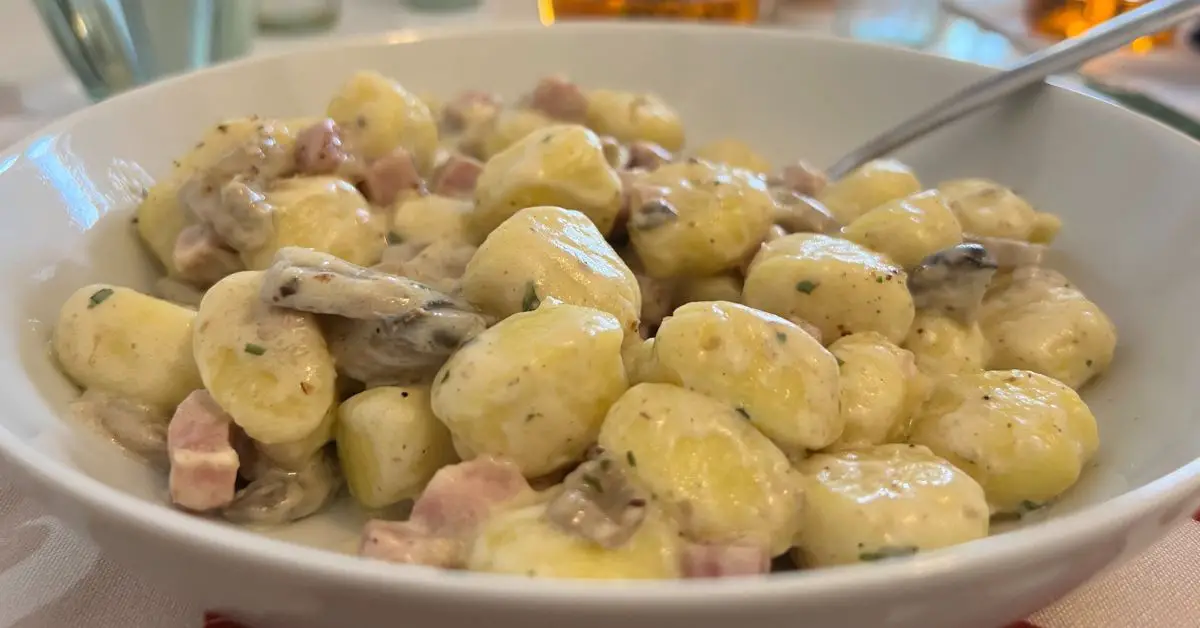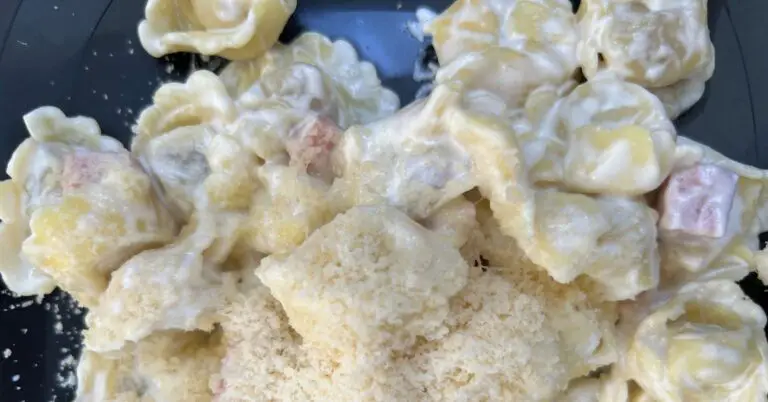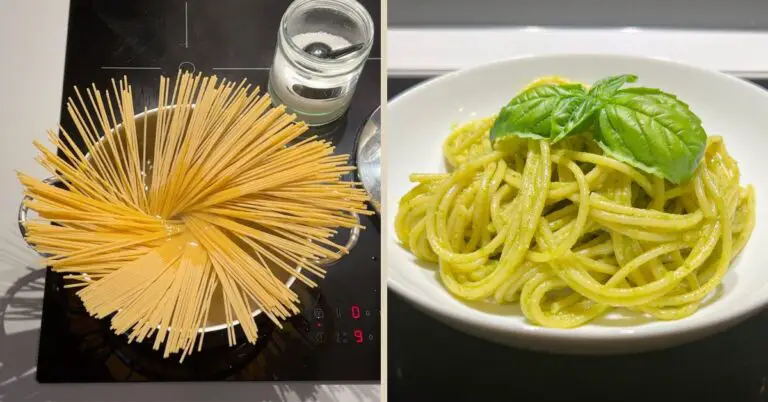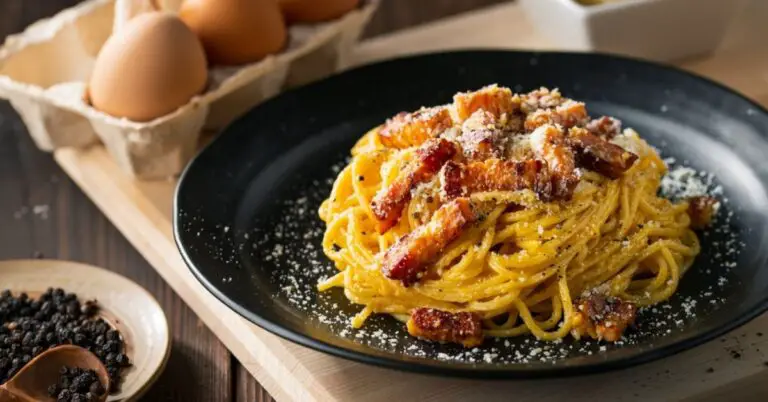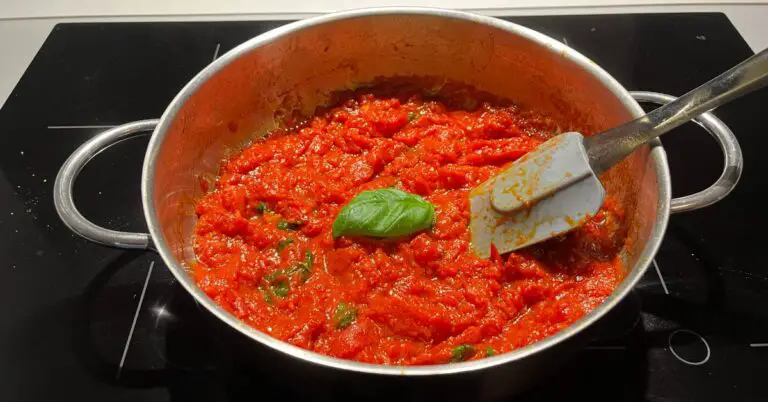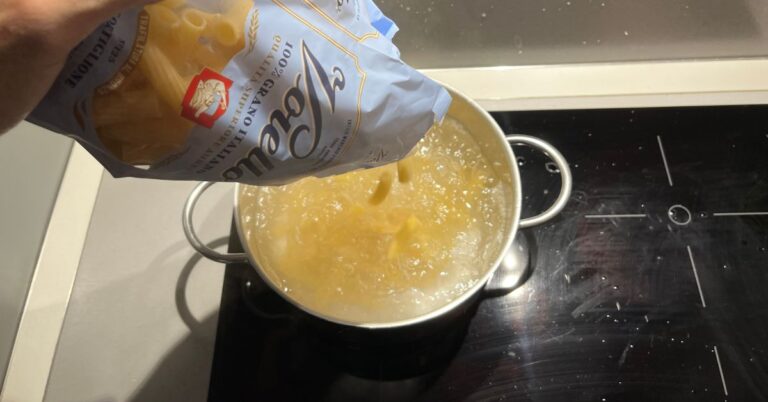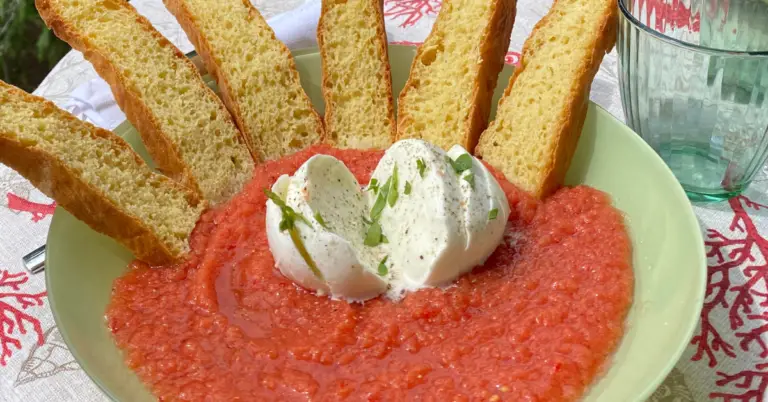There is no Italy without pasta and there is no pasta without Italy. This is true. But if you think that the main course here is compulsorily and exclusively pasta-based, you are wrong!
The main course of an Italian meal can be based on:
- pasta;
- rice;
- gnocchi.
In fact, gnocchi is pasta, although they have a very different texture from dry or fresh pasta, given the basic ingredients from which they are made, gnocchi are for all intents and purposes a type of pasta.
Exactly like dry pasta, they must be cooked in boiling salted water.
Ggnocchi should be served as a first course in a deep dish and eaten with a fork. Never used as a side dish, or together with other foods on the same plate, but alone as primo piatto (first course), and don’t even think about eating them in the same dish with some chicken.
These succulent, calloused nuggets of potatoes-not too standard in size-are cooked with many different ingredients and with great versatility: cream, béchamel sauce, tomato sauce, even plain with butter and sage, a dish similar to plain pasta.
No flour, eggs, or preservatives, our gnocchi are made exclusively from top-quality potatoes and are, therefore, not only leaner than pasta (lower glycemic index) but also incredibly digestible, to the point that the quantities should be counted at the double: in practice, 100 grams of pasta is equivalent to 200 grams of gnocchi.
But there’s even more: potatoes contain potassium, vitamin B6 and vitamin C, and most importantly, they are gluten-free, making gnocchi perfect for a weight-loss or celiac diet. And the fact that they also taste great only adds to the score!
Cooking Italian-style gnocchi? Al dente of course!
Any Italian, in front of a mushy, overcooked pasta dish, would run for the hills: whether pasta, rice, or gnocchi!
Everything must be strictly cooked al dente, avoiding, even these nuggets of potatoes, in fact, if left too long in boiling water they can become “floppy,” to the point of unraveling, resulting in a very uninviting sight.
What’s more, the cooking time for gnocchi is very fast: we are talking about very few minutes (less than 5), with the drain instant sanctioned by the nuggets rising to the surface in the boiling water (water always strictly salted!).
In this case, then, there is a visual cue that leaves no room for forgetfulness or confusion: even the not-used-to can achieve Italian-style cooking to perfection!
Buy Gnocchi in Italy? Chilled but never frozen
If you want to buy gnocchi, consider that you will rarely find them in the packaged pasta aisle at supermarkets, but rather inside the refrigerated aisle, next to the fresh pasta.
However, this does not mean that you once at home can put gnocchi in the freezer. In Italy we make fairly little use of the freezer: giving a lot of space to fresh, freshly cooked foods, that department of our fridge fills up, more like last-minute alternatives or Tupperware containing precooked food.
This, however, is not the only reason why you will never find dumplings in our frozen departments. Freezing potato gnocchi, in fact, would be virtually impossible without taking some precautions since they would end up sticking together; plus, the maximum time for consumption would still be 30 days.
To be fair, the texture and flavor would also change. In short, so much effort for mediocre success, as far as we are concerned, it is not worth spending resources, time, and energy to freeze a product that, eaten fresh, is a real treat!
“Thursday gnocchi”: an Italian saying, which is no longer valid
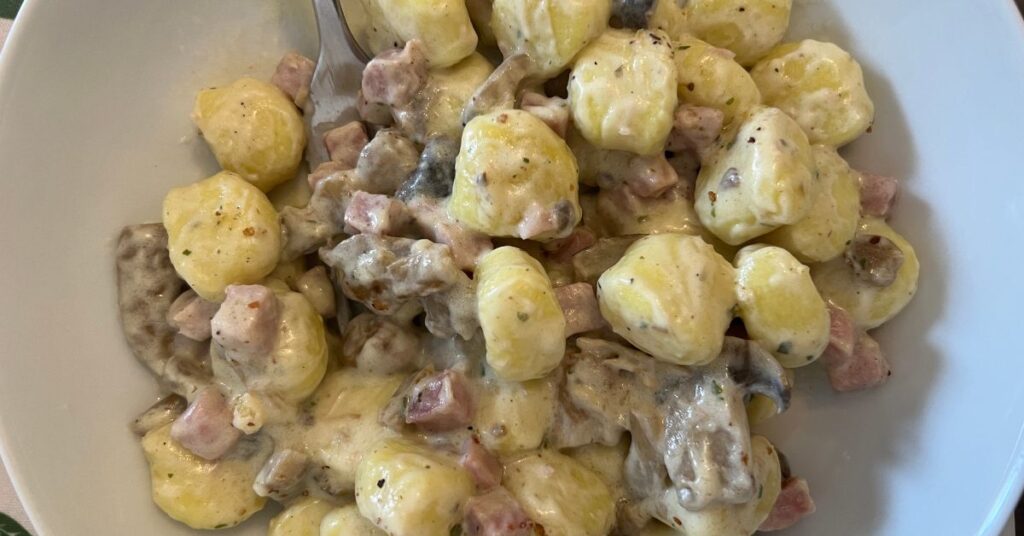
“Thursday gnocchi” is an Italian saying that derives from the Lazio custom “Thursday gnocchi, Friday fish, Saturday tripe” itself borrowed from a 19th-century Romanesque poem.
Italy is a secular country but its Catholic roots are very deep and ancient – the Vatican certainly plays a role in this – so much so that some eating habits have been renewed over the centuries almost by inertia, leaving behind the religious message.
It may seem strange to you but, in ancient times, Fridays were considered a lean day on which meat was forbidden and only fish was allowed (a ritual that many Catholics still renew today, but only during Easter week). With this chanting, then, one helped to scan the courses to be offered throughout the week, entrusting Thursday with a hearty, tasty, and satisfying dish, such as gnocchi, to better cope with the lightness imposed by the next day.
In short, “Thursday gnocchi” is just a saying often used in an ironic form that says little or nothing about modern Italian eating habits, in fact to this day no one sets limits on the consumption of gnocchi, we eat them whenever we want.
Some suggestions for your Italian-style gnocchi
If you find yourself with the urge to try our gnocchi, here is a little vademecum to guide you like a real Italian.
- Rule #1: where
You can buy great gnocchi just about anywhere, from your local grocery store to the supermarket; even the delicatessen. Your reference points will be two: the refrigerated counter, where you’ll find the fresh packaged ones, and the pasta or cheese shelf, where you’ll find the dry bagged ones. In both cases, of course, you will buy fresh, wholesome products, often produced by small, local companies.
- Rule #2: how
We’ve already covered the subject of cooking, so now I’ll explain how to plate gnocchi. There are several ways.
When they are cooked in the earthenware pan -you absolutely must try them! – you can eat them directly there, where they retain heat better and longer. This is the case, for example, with gnocchi alla sorrentina, also prepared the “one pot way“, in which the mozzarella cheese must strictly remain stringy throughout the meal.
When, on the other hand, they are cooked in the pot, you can serve them in a deep plate that manages to contain them all (remember the quantity issue?) by arranging them somewhat “pyramid-like”.
- Rule #3: yes to the filling!
We Italians are not very fond of “complicating” recipes but for gnocchi we make an exception. There are, in fact, many types of filled gnocchi available (in this case, always packaged and available on the refrigerated counter), from tomato and mozzarella to herb or cheese gnocchi, which we prepare with simple sauces or even just with butter and flavorings. Basically, the food of the gods.

